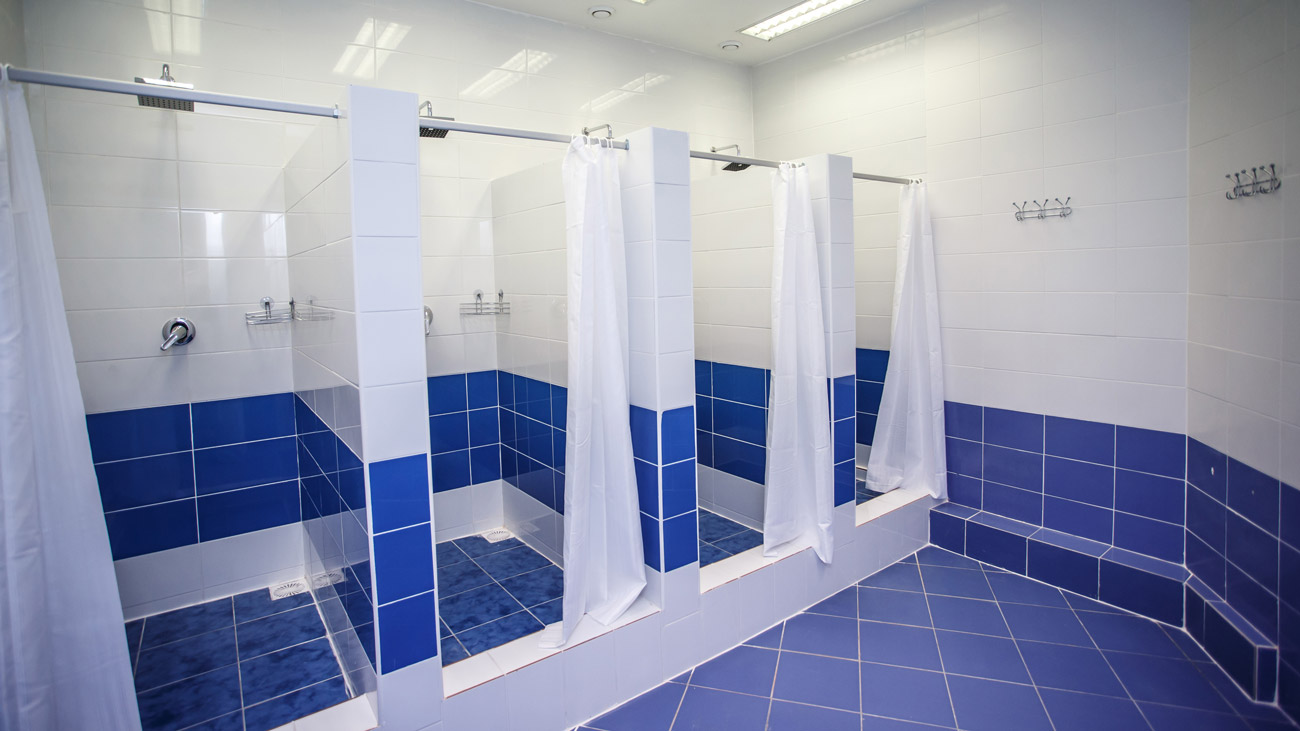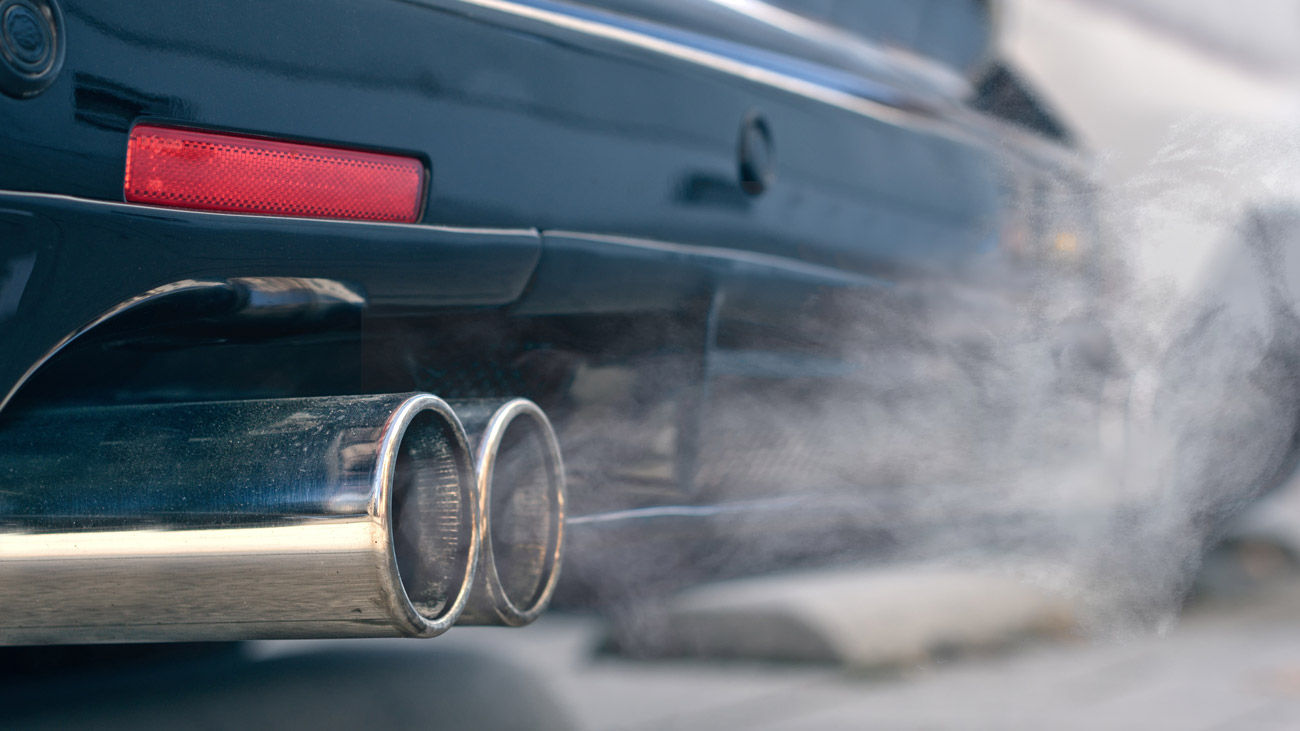
Briefing: Water management in FM – overlooked and undervalued?
When the topic of water is brought up, countries such as Australia or Dubai come to mind – areas that experience high temperatures with little rainfall during the summer season. It is often assumed that the UK as a waterlocked island known for its constant rain has enough water, but this is not the case. This briefing by Acclaro Advisory discusses the issues.
The issues
The Sustainability Facilities Management Index (SMFI) was founded in 2012 and annually assesses FM providers on their integration of sustainability into their strategy, operations and supply chain. Since its inception, water has been one of the lowest scoring criteria from these assessments. Unlike carbon, energy and waste, it is often overlooked as an opportunity for reducing negative environmental impacts.
Over the last 50 years, rainfall has not changed in the UK, but population growth has. As a result of this, the UK’s water-stressed areas have grown and spread. In the 1950s the UK’s population was 50.6 million people. This has now increased to 68.2 million, an annual growth rate of 0.43%, but the amount of water available has not changed. An increase in population density has resulted in less water being available per capita. In addition to this, the amount water individuals consume has increased from 85 litres per person per day to 150 litres (2020) and this number is still rising. This increase in consumption, coupled with limited resources, has led to an increase in water-stressed areas around the UK. Despite this, many people, companies and the government continue to underestimate water issues in the UK.
One major issue surrounding water in the UK is leakage. A large proportion of water usage is lost through leakage, with more than 20% of firms confirming they have had a leak at their site. FM companies deal with and manage leaks whenever they occur on their sites; however, these leaks are costly in time, money and resources, thus have a negative impact on the business.
Chris Billingham from Methven UK states:
“Large businesses are at greater risk of having to stop operations because of a problem with their water supply. Without functioning toilets and washrooms you are not legally allowed to continue your operations. This has a direct financial impact on a business which is clear to calculate. Leakages can not only impact business operations but also have a direct financial cost on the business as well; due to being often overlooked water is not often recorded and therefore cannot be easily financially calculated as a loss of resource. Only 46% of large firms and 33% of SMEs track their water usage. With non-households accounting for 30 % of the UK water usage this is very low.
“Furthermore, there is growth in interest in ESG targets and data collection; however, the data being provided on water usage and consumption is poor. This can be due to poor financial motivations, and a lack of understanding of future risk when compared to other major issues such as the looming climate crisis.”
Chris Havers from the SFMI adds:
“Currently, energy and waste have a high level of corporate attention. This is due to the long association with cost savings, the legal and compliance frameworks that have been developed, and the links as major contributors to climate change; this motivates solution providers to report data to a higher standard. With certification schemes in the built environment we often see a lower focus on water from the operational-use category, and much higher emphasis on the construction phase, which again highlights the barriers to uptake.”
Solutions
Within the FM industry, companies have the power and choice to make changes that will help and improve water management for their own operations and, sometimes, their clients. One of the first steps is to prioritise the problem. Water management issues have a lower financial impact but will not go away without direct action. Companies that prioritise improving water management can unveil opportunities as a business, see reductions in their carbon footprint, and also create benefits for society. By making strategic plans, water can be easily managed and become less of an overlooked burden.
Another key solution to improving water management is through measurement. By using smart fixtures and fittings, water and its impact can be measured and financially calculated; consequently, companies can benefit from improved efficiencies. By making water measurable, the allocation of financial impact becomes easier and enables the business case for water to be made in a simpler and more efficient way. As a result, businesses will be able to push through water change with less opposition. In addition, smart fixtures and fittings also provide feedback and can offer suggestions on reducing waste. Case studies have found that urinal flushing can be limited whilst still providing he same quality of service, by setting a urinal to only flush after so many uses. This lowers water waste and focuses on using water when needed, not just on an autonomous schedule. Studies have shown that smart fixtures and fittings saved 85,170 litres through optimising flush duration and shutting off when not in use.
In addition, the use of smart fixtures and fittings also enables responsive communications. A Methven case study “Charter Hall, NSW Australia” found that by using these communications, waste was lowered by 18%. Furthermore, it found that this could also be used to prompt better behaviour from employees, for example by communicating how long people wash their hands triggers people to spend more time cleaning their hands. Since the pandemic we all know the value of this, with most washing their hands for 6.2 seconds. They found that simple signage increased this by 7%. This helps contributes to the wellbeing and health of employees, which is another motivator for the business.
Another way to improve water management and efficiency is to improve washroom design and layout. This is something to consider predesign but can be implemented during refurbishment. Design can affect water consumption and impact both the efficiency and effectiveness of water fixtures and fittings. These consumption impacts can be from increased ease of repairs but also by influencing unconscious behaviour. Methven UK found that the use of urinals has substantially lower water consumption. However, often if one urinal was being used, the majority of men opted to use the cubicles if in line of sight. Methven UK found that if the cubicles were around the corner, this led to an increase in urinal use, despite having another one in use. Over 381,000 litres are saved through using urinals instead of toilets.
A road to sustainability
Businesses are responsible for ensuring that themselves and their supply chains are managed well and are in a strong position to influence their suppliers. The SFMI believes that more FMs should be prioritising water management as part of their sustainability journey. With the backdrop of the growing climate crisis, the issues surrounding water will only worsen. By taking positive action now, FMs can reduce their impact and help build the reputation of the FM industry as a sustainable solutions provider. Being a responsible business requires organisations to take ownership and responsibility of their actions. With the ever-growing attention and investment in ESG, now is the time for FMs to act. Water management can be efficient and innovatively managed if truly embraced.






